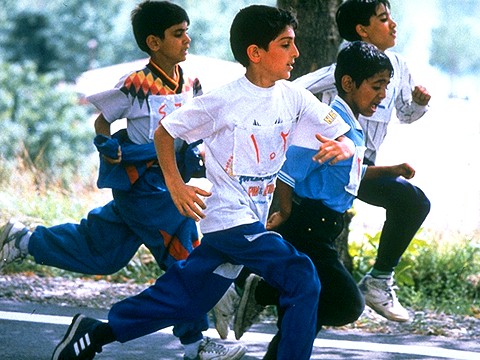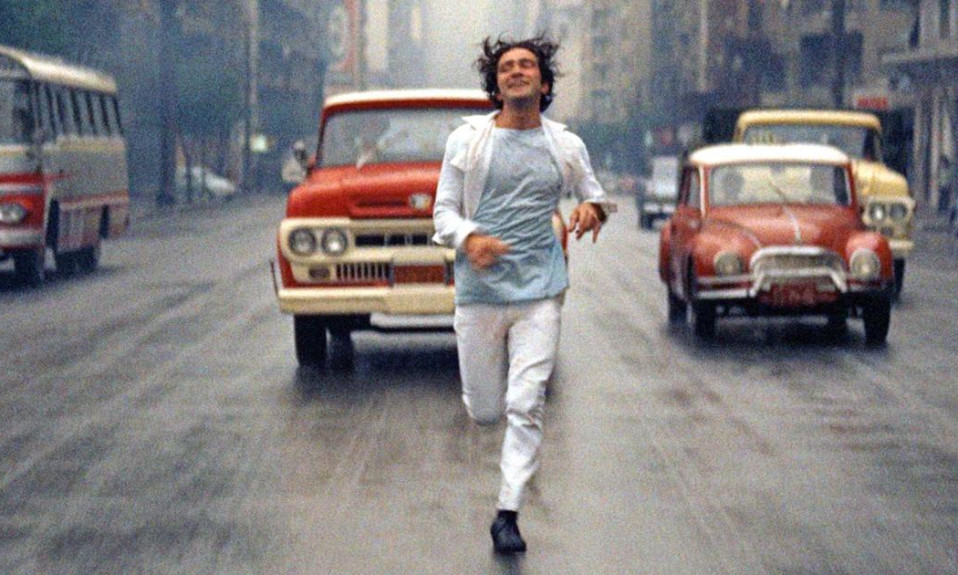Our Global Cinema Spotlight series has covered regional cinema from all over the world, and our next stop is Iran. The Iranian New Wave has earned Iran international acclaim for its poetic storytelling and deeply humanistic portrayals of life in Iran. Renowned directors such as Abbas Kiarostami and Jafar Panahi have played pivotal roles in defining the cinematic language of this movement. Let us explore this unique branch of new-wave cinema.
Background
The Iranian New Wave was characterised by a self-aware, poetic, documentary-style of storytelling that focused on lower and middle-class subjects. It also took inspiration from other new-wave film movements from other parts of the world, such as Italian Neorealism. “Filmfarsi” was the most common style of film in Iran before the new wave. These were commercial films that replicated the style of Bollywood movies of the time. Filmfarsi is often criticised for its low-quality and over-the-top plotlines and storytelling. The loss of popularity of Filmfarsi coincided with the growth of the Iranian New Wave. The Iranian New Wave is often subdivided into three waves;
First Wave
The first wave came in the sixties as Filmfarsi lost popularity amongst the general public. Filmfarsi did not accurately reflect the reality of Iranian life and locals began to seek out better artistic representation. An early precursor to the first wave was Serpent’s Skin (1964) by the director Hajir Darioush. Films like Shohare Ahoo Khanoom (1968) and The Cow (1969) opened the doors to fresh, new, politically-driven narratives that captioned the attention of movie-goers. These had philosophical yet realistic depictions of Iranian life, unlike the melodramatic musicals of Filmfarsi. This wave lasted until the Iranian revolution in 1979 which introduced Islamic restrictions on the film industry.
Second Wave
The second wave lasted till 1999 and introduced some of the most internationally recognised films to come from Iran. Despite political turmoil, the craftsmanship of Iranian films steadily improved. The critically acclaimed Children of Heaven (1997), directed by Majid Majidi, was one of the most recognised films of this era. Like some other films of the Iranian new wave, it followed the trend of focusing on children as its main subjects, which lent it an air of innocence and relatability. It depicts the struggle of a brother and sister surviving in a typical poor Iranian family. It later became the first Iranian film nominated for an Academy Award for Best Foreign Language Film.
Third Wave
The third wave, from 2000 to 2011, includes the most recent films of the movement. A great example would be A Separation (2011), directed by Asghar Farhadi. The drama explores the multifaceted lives of a couple with a struggling marriage in modern-day Iran. It won a Golden Globe for Best Foreign Film and an Academy Award nomination for Best Original Screenplay. It was also the first Iranian film to win the Golden Bear.
Impact
The distinct socially aware down-to-earth approach of the Iranian New Wave, fiction with the air of a documentary, has had a global impact on cinema as a whole. Filmmakers from Persia to Europe have paid homage to this unique artistry. A noted example is the English director Michael Winterbottom with his film In This World (2002).
Also Read: Global Cinema Spotlight: Dogme 95
Also Read: Global Cinema Spotlight: Cinema Novo













